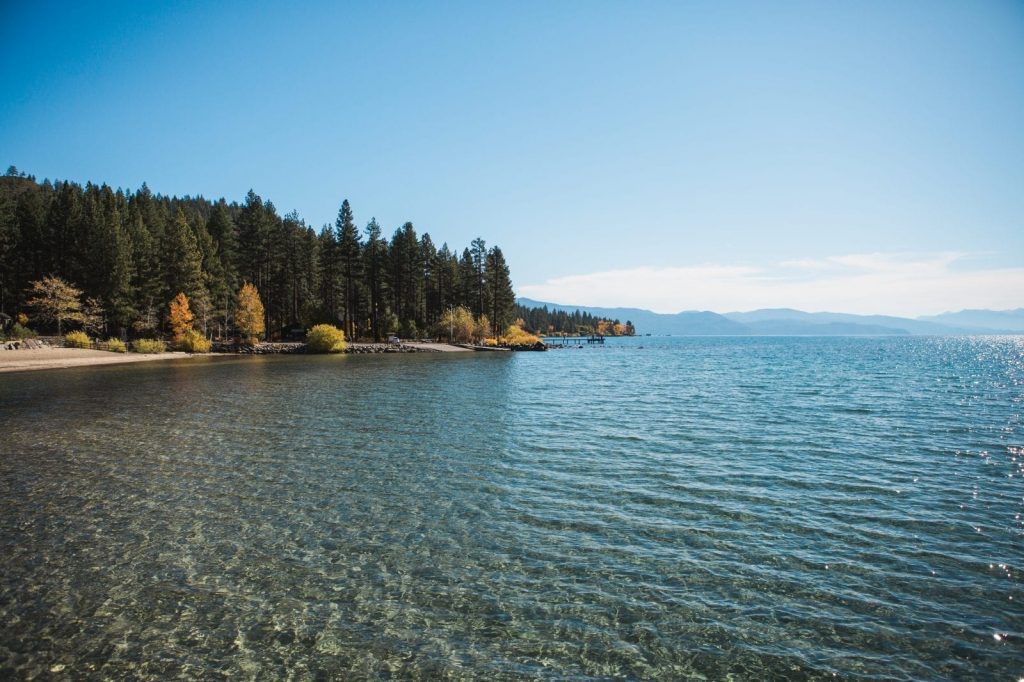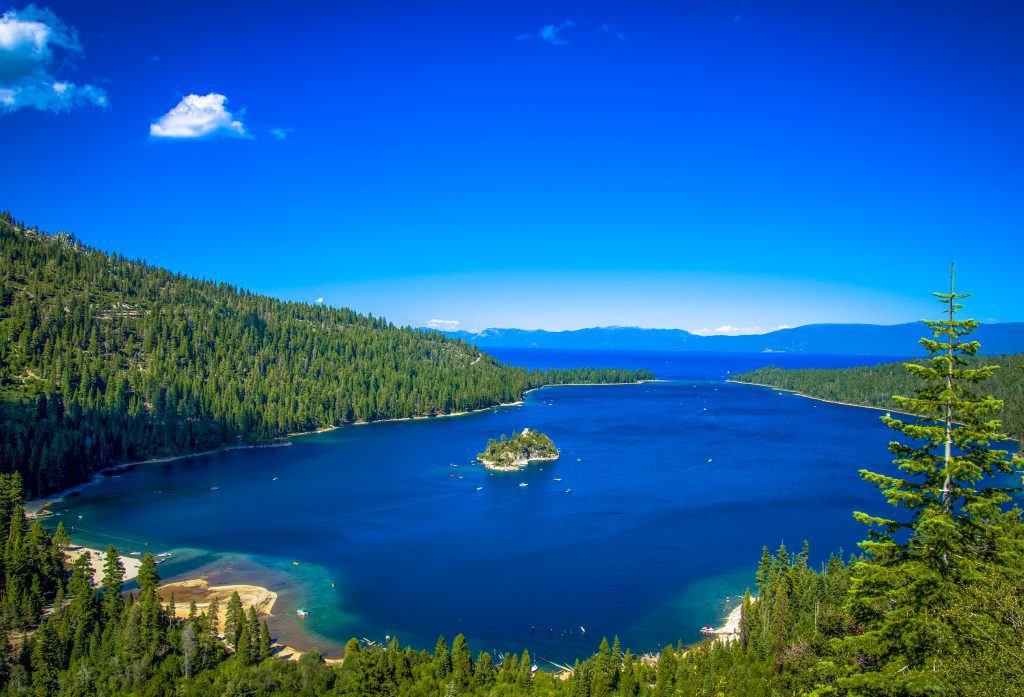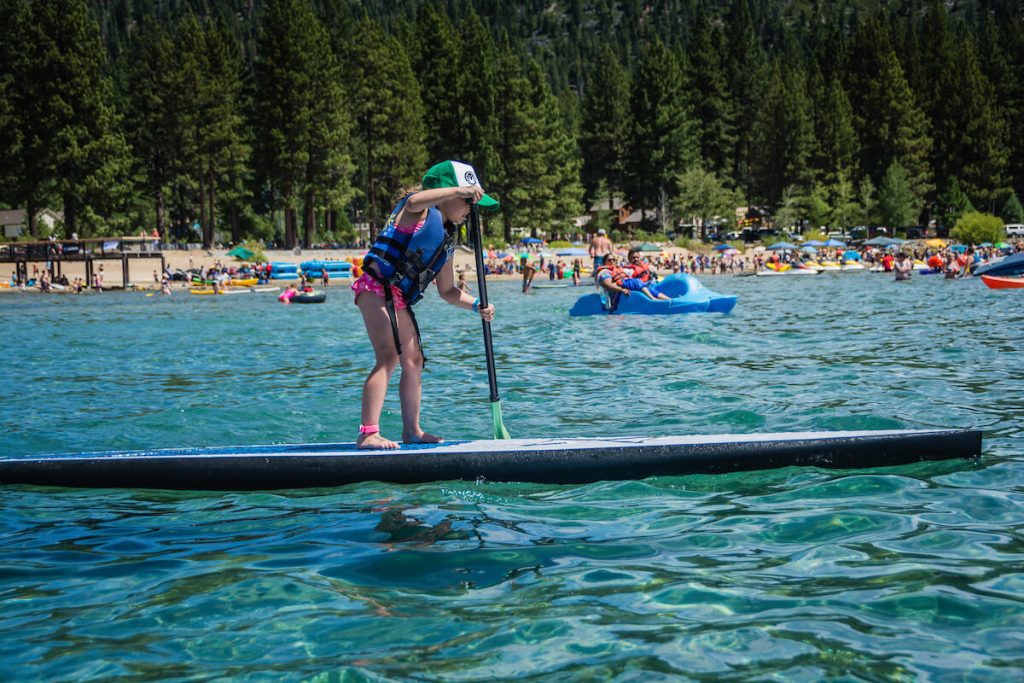“. . . the water was not merely transparent, but dazzlingly, brilliantly so.”
– a description of Lake Tahoe by Mark Twain, Roughing It (1871)
If you’ve been to Tahoe you know one of its most famous features is its clarity, initially measured at 100 feet in 1968. Since then clarity has dropped nearly one foot each year and is just around 70 feet today. Through extensive research several causes have been identified as major contributors to the water clarity decline. The most prominent cause is excessive algal growth due to higher nitrogen and phosphorus levels from automobile emissions and urban and forested area runoffs. Fine sediments from roadways and urban areas also cloud the water becoming suspended rather than sinking to the bottom.
According to DoSomething.org 46% of America’s lakes are too polluted for fishing, swimming or aquatic life. And runoff from the nitrogen-rich Mississippi River has caused a dead zone in the Gulf of Mexico the size of Massachusetts. Fortunately this isn’t the case in Tahoe and we enjoy a plethora of fish species in the lake’s waters including Mackinaw, Kokanee salmon and rainbow and brown trout. Animals such as mule deer, ground squirrels, coyotes, black bears, hawks, geese, woodpeckers and bald eagles also depend on the lake’s clear waters for sustenance. This all makes for an amazing vacation experience whether you’re fishing on the lake or spotting wildlife on one of the area’s many hiking trails.
You can help “keep Tahoe blue” such as hiking only on existing trails, picking up your litter and after your pets, and properly servicing your engines and motors on vehicles and watercraft.
If you’ve done something to help “keep Tahoe blue” let us know.









